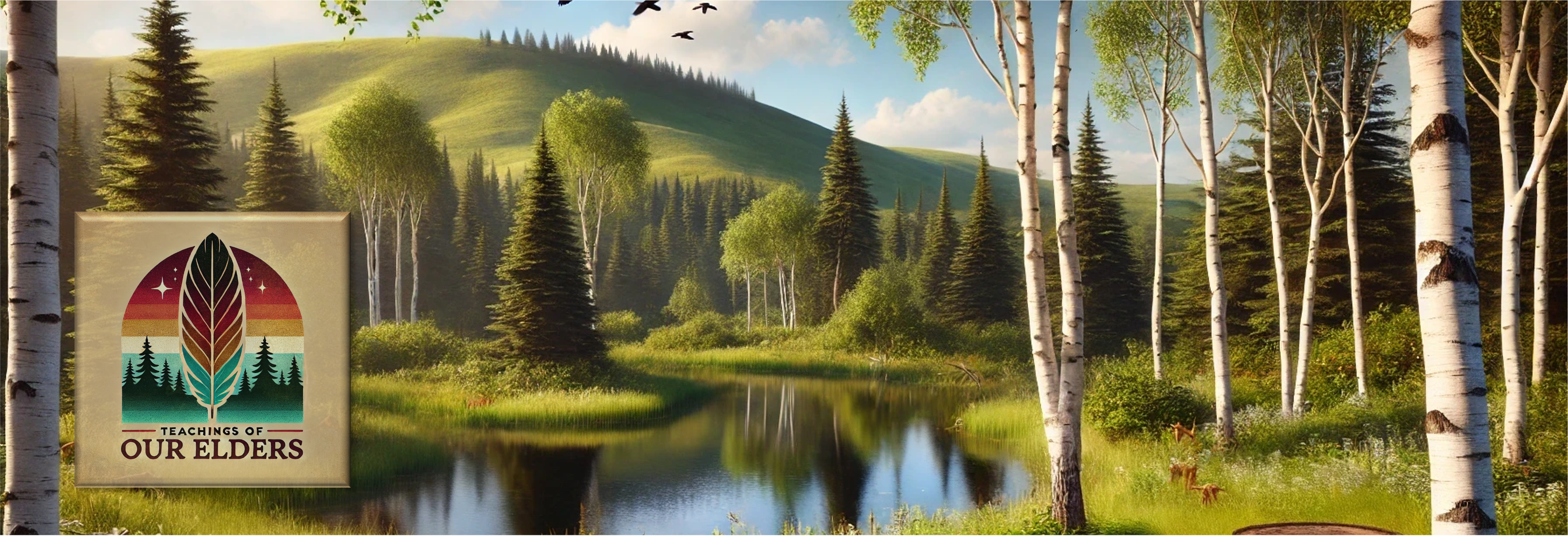| Inquiry Design Model (IDM) Blueprint™ |
| What is a Pipe Carrier? |
| NDNAEU 2 “Learning & Storytelling”, NDNAEU 3 “Sharing & Generosity”, NDNAEU 6 “Native Contributions”, NDNAEU 7 “Native Identity” |
| Compelling Question | Why do stereotypes and misconceptions happen to cultures around the world? |
| Standards and Practices | ND.6_12.4.1 Identify the Native American groups in North Dakota before European contact and describe their culture. SOC.6_12.1-2.D4.1 Explain common patterns of social inequality and the impact on groups. SOC.6_12.1-2.D4.2 Explain how racism, sexism, and ageism have evolved over time. SOC.6_12.1-2.D2.1 Define and provide examples of culture. SOC.6_12.1-2.D2.2 Explain the relationship between culture and society. Health Standard 7: Demonstrate the ability to practice health-enhancing behaviors and avoid or reduce health risks. Health Standard 8: Demonstrate the ability to advocate for personal, family, and community health. |
| Staging the Question | Why is the Pipe a symbol of culture for Native Americans |
| Supporting Question 1 | Supporting Question 2 | Supporting Question 3 |
| What is the Pipe used for in Native American Culture? | What are some misconceptions or stereotypes about Native Americans | What are some misconceptions and stereotypes about other cultures and peoples of the world? |
| Formative Performance Task | Formative Performance Task | Formative Performance Task |
Students work in partners and will research the use of pipes in Native American Culture and have a discussion with each other once they finish their research. After their own discussion, they will share with the rest of the class about their process and what they found. | Partner work: Create a media production of their choice (Video, pamphlet, word doc, short story, etc) to describe the various misconceptions and stereotypes of Native Americans. | Partner Work: use the same format as the previous task to describe other cultures. |
| Featured Sources | Featured Sources | Featured Sources |
Native American Pipe https://en.wikipedia.org/wiki/Ceremonial_pipe The Native American Pipe Ceremony https://www.native-americans-online.com/native-american-pipe-ceremony.html | Misconceptions about Native Americans https://www.youtube.com/watch?reload=9&v=GHdW_LVfn28 10 Common Misconceptions about Native Americans https://www.toptenz.net/top-10-common-misconceptions-about-native-americans.php | Review the standards listed above. Students will use the internet, textbook and community people as primary resources and sources for their research. |
| SUMMATIVE PERFORMANCE TASK: Supported Claim (written/spoken) or Demonstration of Process (project-based) | Students will hold a debate in class to describe the various arguments made in research they completed. |
| SUMMATIVE PERFORMANCE TASK: Extension | Invite a pipe carrier to come to class and share the teachings of the pipe. Remember the protocols of asking a Native American for cultural or knowledge assistance: Offer tobacco and ask what you need, make sure you introduce them to the group, offer them a gift(Letter from class, blanket, monetary if possible) in front of everyone to show gratitude. |
| Taking Informed Action / Real World Application | Classrooms will recommend points of order for school climate and culture advancements based on their research. They will make sure that there is careful consideration to the different cultures of the school and find ways of honoring them and welcoming the various cultures represented in school. Disclaimer: Educators are encouraged to use these lessons as a guide, especially when it comes to capturing standards and required content for their instructional disciplines. Adapt, synthesize, abbreviate, and incorporate are just some of the encouraging words to educators to USE any of the NDNAEU lessons to make them their own. |

